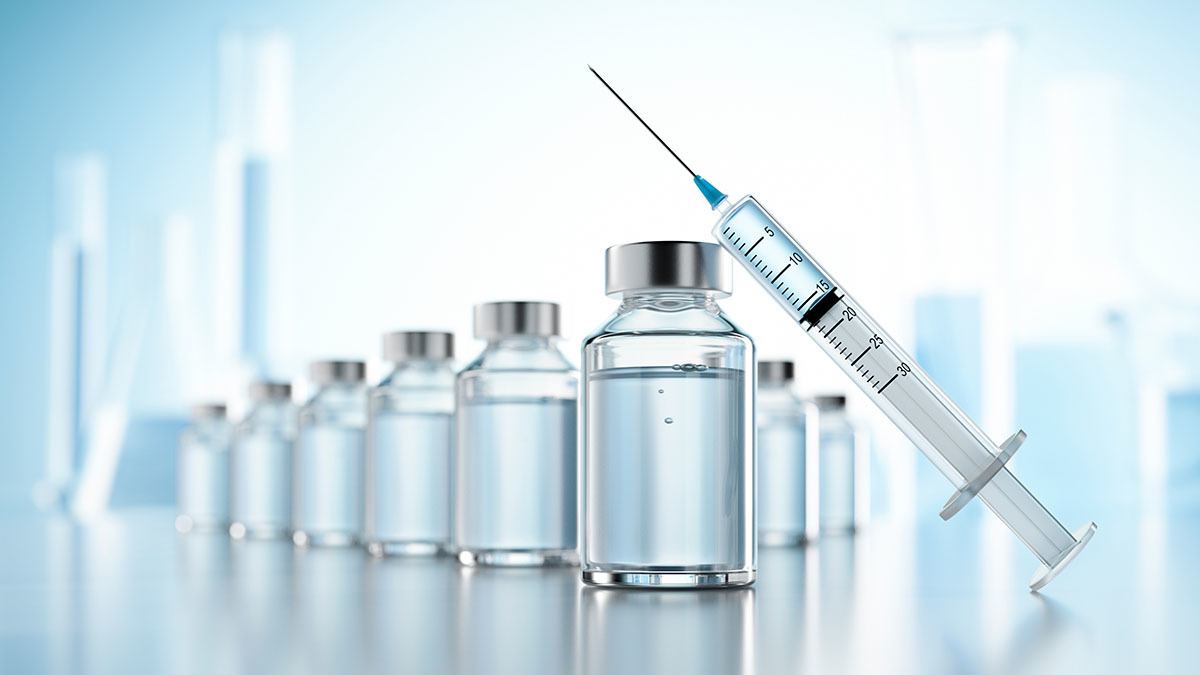USP Elastomer Extractables Testing
The USP elastomer extractables testing is a critical component of pharmaceutical quality assurance and compliance. This service ensures that materials used in drug delivery systems, such as stoppers and closures for vials and syringes, do not release harmful substances into the product during storage or use.
This process involves simulating real-world conditions to identify any extractables from elastomers that could leach into the drug substance. The USP chapter Chapter provides guidelines for this testing, ensuring that pharmaceutical manufacturers adhere to the highest standards of safety and efficacy.
The testing procedure begins with selecting appropriate solvents that mimic environmental conditions under which elastomers may come into contact. Common solvents include water, ethanol, phosphate buffered saline (PBS), and methanol. Specimens are then exposed to these solvents for varying durations according to the test protocol. After extraction, the solution is analyzed using a range of analytical methods including High Performance Liquid Chromatography (HPLC), Gas Chromatography-Mass Spectrometry (GC-MS), and Fourier Transform Infrared Spectroscopy (FTIR).
One of the most critical aspects of USP elastomer extractables testing is ensuring that all equipment used does not introduce contaminants. This includes maintaining a sterile environment, using cleanroom facilities, and employing validated methods for sample preparation and analysis. The analytical instruments must be calibrated regularly to ensure accurate results.
The acceptance criteria for USP elastomer extractables are based on the maximum allowable levels of potential extractables as detailed in the USP monograph for the specific product or container closure system (CCS). Compliance with these limits is essential to prevent contamination and ensure patient safety. Non-compliance can lead to recalls, regulatory actions, and reputational damage.
For quality managers and compliance officers, this testing ensures that their products meet stringent regulatory requirements. R&D engineers benefit from the insights provided by extractables data, which helps in optimizing product design and materials selection. Procurement professionals can use the results of these tests to evaluate suppliers and ensure consistent quality across batches.
Failure to comply with USP standards can result in significant consequences for pharmaceutical companies, including fines, product recalls, and potential legal actions. Therefore, investing in robust testing protocols is not just a compliance issue but also a business imperative.
Eurolab Advantages
At Eurolab, we offer comprehensive USP elastomer extractables testing services that are designed to meet the highest standards of accuracy and reliability. Our team of experts uses state-of-the-art equipment and follows strict protocols to ensure consistent and reproducible results.
- Accurate Results: Utilizing advanced analytical techniques, we provide precise data on potential extractables from elastomers.
- Rigorous Protocols: We adhere strictly to USP guidelines, ensuring compliance with the latest regulatory requirements.
- Expertise: Our staff includes chemists and engineers with extensive experience in pharmaceutical testing.
- Comprehensive Analysis: In addition to extractables, we also perform leachables testing to provide a holistic view of potential contaminants.
We offer fast turnaround times for our clients, allowing them to receive results promptly. This is particularly important given the time-sensitive nature of pharmaceutical development and production processes.
In conclusion, Eurolab’s expertise in USP elastomer extractables testing ensures that your products meet the strictest regulatory standards, thereby protecting patient safety and maintaining product quality.
Customer Impact and Satisfaction
The USP elastomer extractables testing service provided by Eurolab significantly impacts customers in several ways. Firstly, it allows pharmaceutical companies to meet stringent regulatory requirements, thereby ensuring product safety and efficacy. This is crucial for maintaining a good reputation and trust with patients.
- Enhanced Product Safety: By identifying potential contaminants early in the development process, we help prevent recalls and associated costs.
- Improved Compliance: Our service ensures that clients are compliant with international standards such as USP , thereby avoiding penalties and legal actions.
- Better Decision-Making: The data obtained from our testing helps R&D teams make informed decisions about material selection and design optimization.
Satisfaction among customers is high, with many reporting improved product quality and reduced risks. Our clients appreciate the expertise of our team and the reliability of our test results.
Environmental and Sustainability Contributions
Our USP elastomer extractables testing service also contributes positively to environmental sustainability by promoting the use of safe materials in pharmaceutical products. By identifying potential contaminants early, we help prevent their release into the environment during manufacturing or disposal.
- Reduced Environmental Impact: Ensuring product safety minimizes the risk of accidental contamination and subsequent environmental harm.
- Sustainable Practices: Our commitment to accuracy and reliability supports sustainable practices by enabling informed decisions about material selection that are both safe and environmentally friendly.
In summary, Eurolab’s USP elastomer extractables testing service not only meets regulatory requirements but also contributes positively to environmental sustainability.





